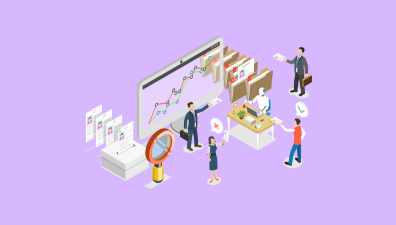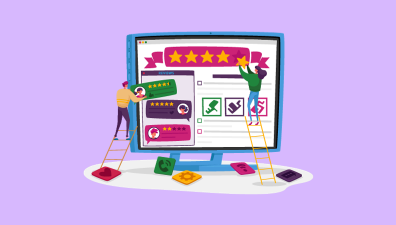Customer Relationship Management (CRM) and Customer Experience (CX) are two separate but related aspects of customer service. CRM systems focus on managing customer interactions and data, while CX aims to create positive customer experiences. While the two concepts are often confused or used interchangeably, they are distinct functions that can work together to improve customer service. This blog post will explore how CRM vs CX can work together to enhance customer service.
Table of Contents
Understand Customer Management
Today, customer management is a crucial part of every organization. It is a strategy used by businesses to look at all of their contacts with both present and potential consumers from the customers’ point of view.
Customer relationship management or CRM enables businesses to improve client retention and loyalty, which is essential to their performance and ability to make a profit.
Customers frequently share their positive experiences with reliable products or services on social media and with their friends and families. Therefore, customer retention and loyalty mean free promotion, increased sales, brand recognition, and more profits.
Definition of CRM vs CX and the differences
The fact that Customer Relationship Management (CRM) solutions are now emphasizing CX is not a coincidence. Since both CRM and CX strive to increase customer happiness and drive sales, they may appear replaceable at first. Still, they represent two distinct approaches to exploiting customer insights.
What is CRM?
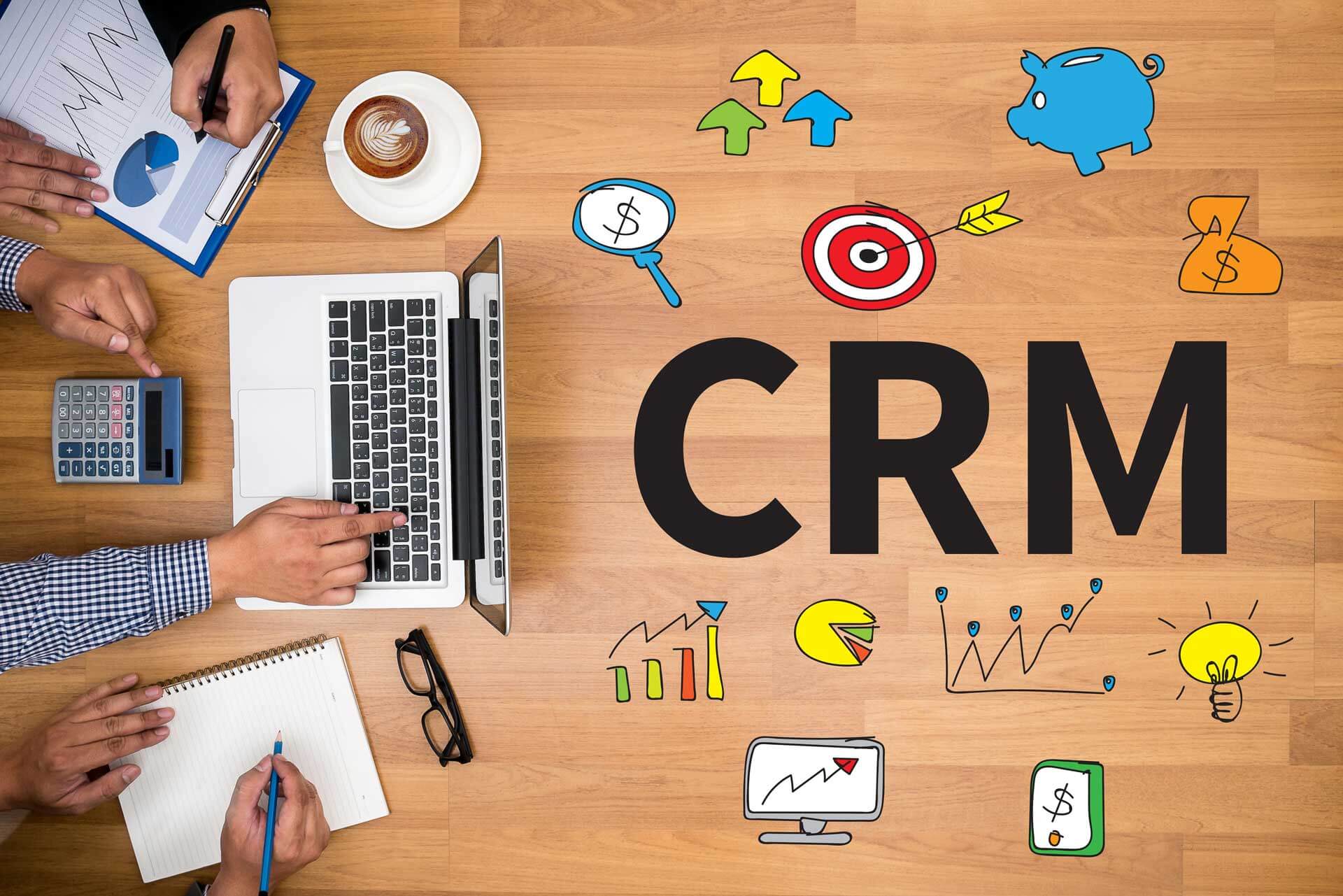
CRM is more than just a technology; it’s a value system that helps organizations manage their relationships with existing and prospective customers far beyond their employees’ inboxes and meeting notes. It integrates people, processes, and tools to generate highly tailored, productive consumer interactions.
CRM is a behavior that goes well beyond meeting minutes and employee inboxes. It helps organizations manage their relationships with both present and potential customers. It integrates people, procedures, and tools to produce highly customized successful customer experiences.
CRM software makes sure that the company owns your commercial interactions by centralizing client data. Your sales, marketing, and customer care teams are more transparent. As a result, any employee can respond in a consistent, predictable manner.
What is CX?
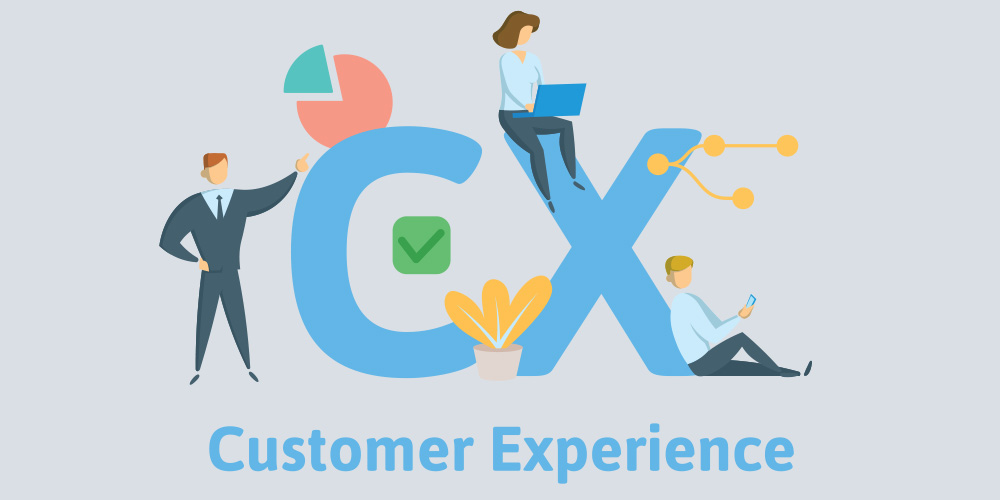
CX is how clients feel about your brand after all of their previous interactions. Gaining a greater understanding of your customer’s demands to actively change how they perceive your goods or services is a key component of CRM behavior.
Like CRM, CX is more than simply a collection of technologies. To be effective, it needs you to have solid procedures in place, properly trained staff, and data connections across various channels.
Understanding who your consumers are and what they want is key to effective CX tactics, not just simply dictating your own preferences. Your present customer journeys can be optimized using CX insights, which will also help you establish brand trust and, eventually, foster brand loyalty.
Are they different?
CRM is how your staff acts, while CX is what your customers experience. They don’t compete. They are merely different ways of describing the insights and storefront, the two components of your company.
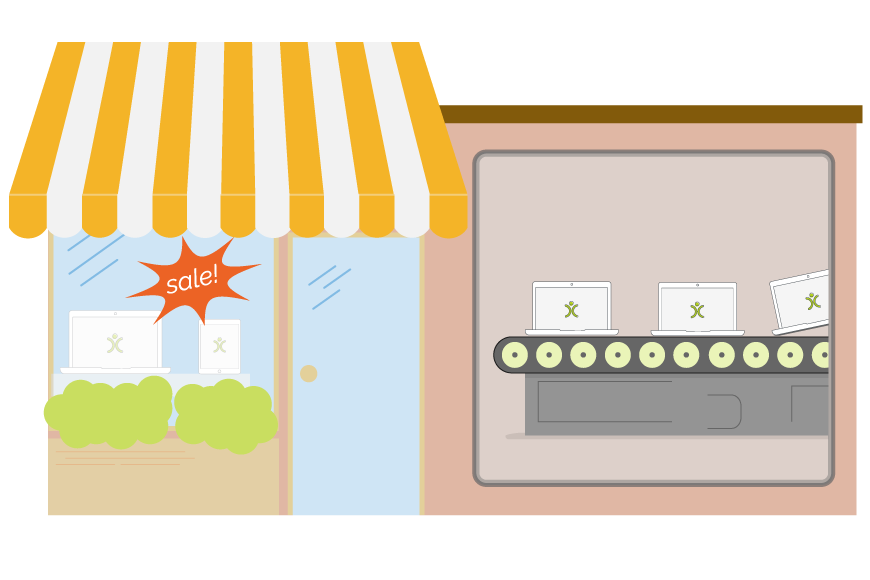
Investing in CX
Customers already using your product or service must be satisfied if you want to keep them as clients. You must be aware of their current opinions, suggestions for areas to improve, and future expectations of you if you are to accomplish that.
It is crucial to understand that communication is the key to a good customer experience. Understanding where your consumers go to speak with your team when they want to start an investment in customer experience.
Do they give you a call? Emailing? Visiting your website and looking around? Attempting to access your customer portal? Or sending you social media messages? Once you realize this, you can try improving things by putting some resources behind them.
Building a CRM Strategy
When it comes to CX investment, it is about better what your consumers perceive, and they will be happier. Meanwhile, the case for upgrading CRM – the way you manage the connection – is how to improve the ways your staff interacts with your customers, and they’ll be more productive.
In other words, if you want to improve CX, you must listen to and observe your consumers. On the other hand, improving your CRM with the appropriate software to go with it is more complicated. But when it comes down to the essentials, you actually only need four things to develop a CRM strategy:
- A clear understanding of your goals
- Requirements to accomplish it
- Assessment of the progress along the route.
- Repetition is key
Combining CRM and CX
Your customers interact with your company and communicate with you about their needs. Your teams are using this data to ensure they are giving your customers the appropriate information at the appropriate time and according to the appropriate specifications.
It is a disaster if the two don’t meet in the center. You may develop strategies that enhance your customers’ and workers’ experiences with your organization by considering how your CRM vs CX interact.
Traditional CRM solutions give you a general picture of your customer interactions, but they don’t explain why things happen the way they do. This is where CX completes the picture and enables your business to respond to queries like what channels of communication are most effective for your demographics or which goods you should highlight next to a loyal consumer.
Even though they address separate issues, adhere to various procedures, and use different tech stacks and data, it is reasonable to claim that CRM and CX go hand in hand. They work well as a team to establish enduring, solid client relationships.
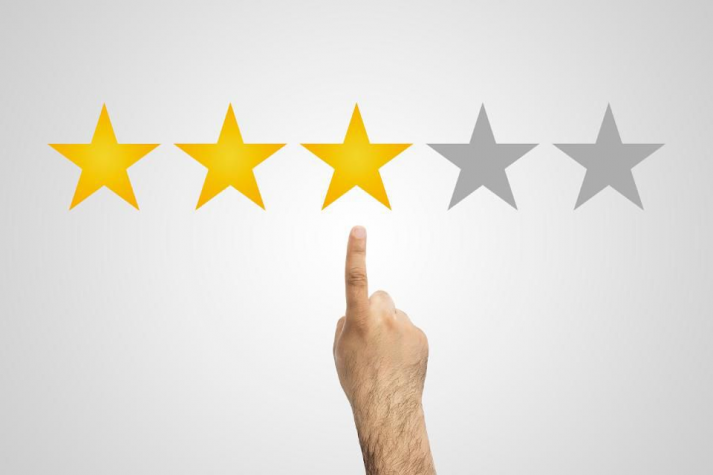
From Customer Relationship Management (CRM) to Customer Experience (CX)
CRM applications and technologies have also placed constraints on businesses. These restraints, combined with technical challenges and financial constraints, prevent businesses from providing an excellent customer experience (CX). That’s why it is urgent for businesses to find a holistic CX strategy.
Limits of traditional CRM
A typical CRM system is platform-centric and integrates with multiple enterprise systems and applications. It has been useful for managing client connections and loyalty from a sales, service, and marketing perspective. However, it has fallen short in terms of providing a seamless customer experience across all consumer touchpoints within the company.
For instance, its demonstrated efficacy is unmatched in the retail management, packing, and shipping departments. Additionally, traditional CRM solutions cannot adequately handle new communication channels or technologies, like cellphones, social media, and AI-driven targeted and situational messaging, much alone comprehend client feelings.
Businesses need to think beyond CRM as just a superb transaction database as they move quickly and far along the path of digital transformation. They should instead concentrate on providing outstanding customer experiences at all touchpoints.
Advantages of Customer Experience
Customer transactions are the main emphasis of conventional CRM. It records customer interactions and offers insights based on those interactions so, in principle, organizations can better respond to future demands.
Meanwhile, CXM (customer experience management) is a comprehensive approach for the whole company. The objective is to constantly provide customers with great experiences that will affect their behavior, promote loyalty, and ultimately lead to corporate success. Though conceptually related to customer relationship management (CRM), CXM differs mostly in perspective.
The need for a wholistic CX strategy
Analyzing good and negative feedback to improve client-facing processes and interfaces is critical to managing the customer experience. Positive views are reinforced, and negative ones are eliminated or reduced as a result.
A solid CX strategy will also reduce the time and effort expended by resource managing processes that have little to no bearing on improving the customer experience.
Businesses worldwide are taking the distinction between CRM and CX seriously while also considering the long-term importance of the data included in CRM systems. This data must be used to design and deliver a better customer experience.
HubSpot: Solution for Customer Experience
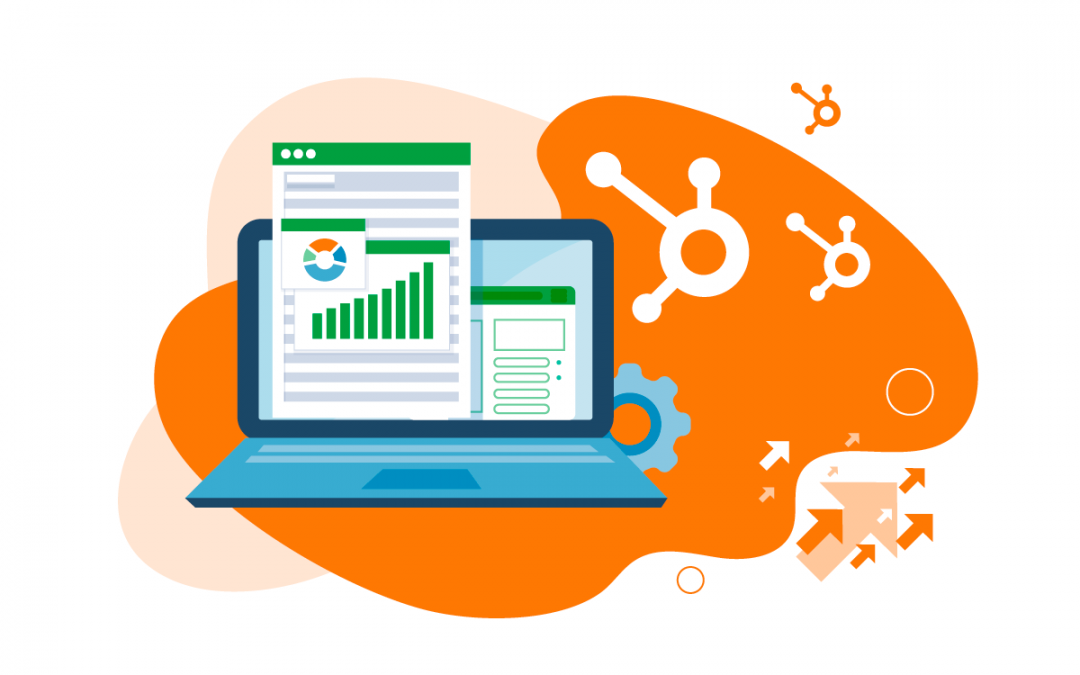
HubSpot is a powerful solution for businesses looking to improve their CRM vs CX. With HubSpot, businesses can take advantage of many features that streamline CRM and CX processes.
For example, HubSpot’s contact management system makes it easy to keep track of customer interactions. At the same time, the platform’s robust reporting and analytics tools provide insights that can help businesses improve their CX strategy. In addition, HubSpot’s integration with various other software platforms enables businesses to create a seamless CX ecosystem.
HubSpot is a comprehensive solution for providing an excellent customer experience. HubSpot helps to increase customer engagement, lower customer churn, and improve customer loyalty. HubSpot also provides a wide range of features, including contact management, automation, workflow, reporting, and more.
In addition, this software offers a wide range of integration options, making it easy to connect with other business systems. As a result, HubSpot is an ideal solution for businesses that are looking to improve their customer experience.
Final words
CRM systems are essential for creating a positive customer experience. Businesses can better understand customers’ wants and needs by tracking customer interactions and data. This understanding leads to more personalized service, which is key to improving customer satisfaction and loyalty. Contact us today if you’re not currently using a CRM system or want to learn more about CRM vs CX. Our team of experts will be happy to answer any questions you have and help you get started on the path to providing your customers with an exceptional experience that keeps them coming back for more.


